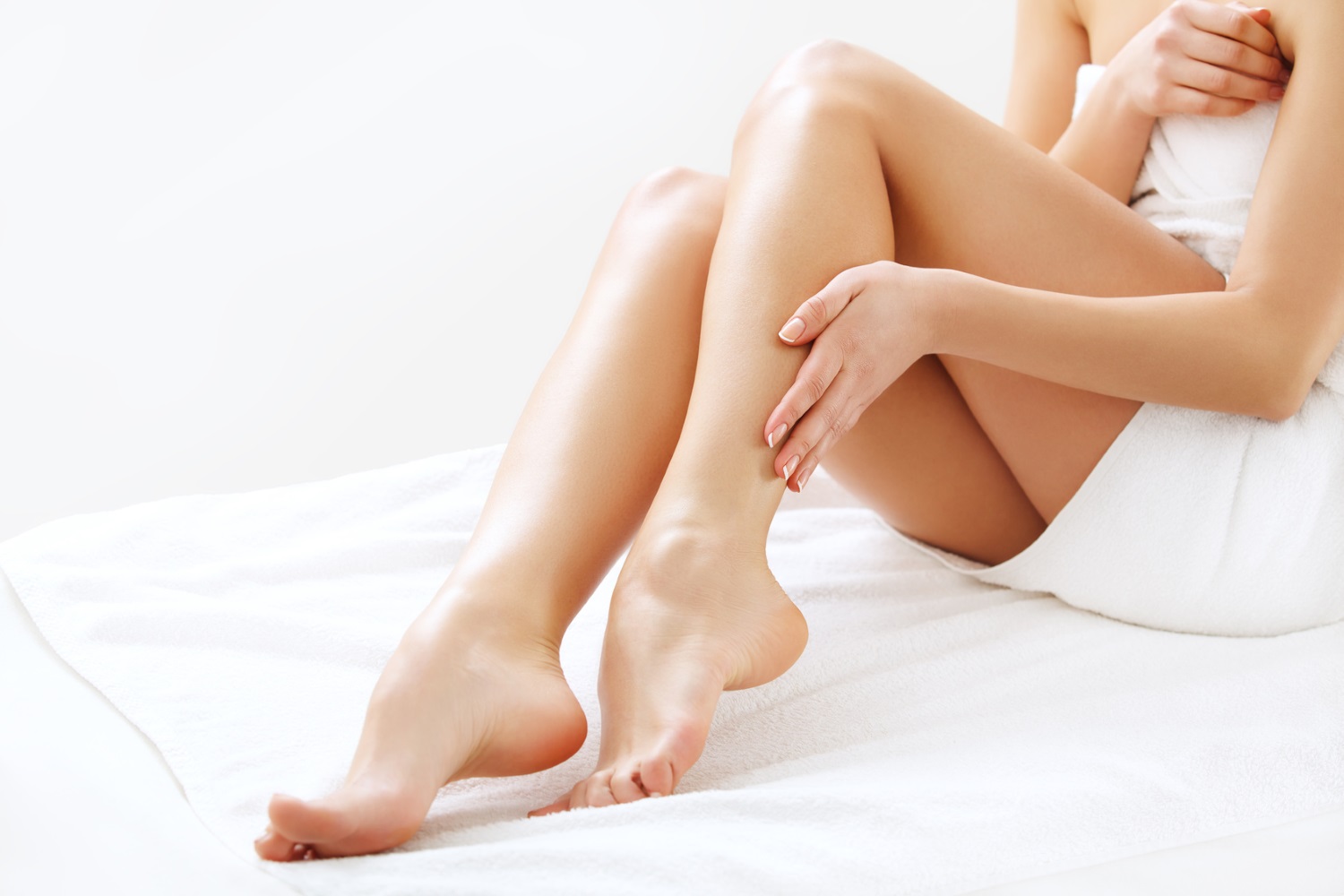Preventing hair regrowth after hair removal is a common concern for many individuals seeking smoother, longer-lasting results from their hair removal routines. Various methods can be employed to manage or minimize hair regrowth, and understanding these can help individuals make informed choices based on their needs and preferences. This article explores several techniques and practices aimed at reducing the appearance of hair after removal.

1. Chemical Depilatories
Chemical depilatories are creams or lotions that dissolve the hair shaft just below the skin’s surface. These products generally contain active ingredients like calcium thioglycolate or potassium thioglycolate, which break down the protein structure of the hair, making it easy to wipe away. To minimize hair regrowth:
- Follow Instructions: Always adhere to the product’s instructions to avoid skin irritation or chemical burns.
- Patch Test: Perform a patch test before full application to ensure there are no allergic reactions.
2. Shaving Techniques
Shaving is a popular and straightforward method for hair removal. To prevent rapid regrowth and minimize irritation:
- Use a Sharp Razor: A sharp blade reduces tugging and irritation, leading to a cleaner cut and less frequent regrowth.
- Shave in the Right Direction: Shaving in the direction of hair growth can reduce the risk of ingrown hairs and irritation.
- Moisturize: After shaving, apply a soothing moisturizer or aloe vera gel to calm the skin and prevent dryness.
3. Waxing
Waxing involves applying a layer of warm or cold wax to the skin and then removing it quickly, pulling the hair out from the root. This method can slow down hair regrowth compared to shaving. To enhance its effectiveness:
- Exfoliate Regularly: Exfoliating the skin before waxing removes dead skin cells and helps prevent ingrown hairs.
- Avoid Sun Exposure: After waxing, the skin is more sensitive to sunlight. Avoid direct sun exposure to reduce the risk of pigmentation and irritation.
4. Laser Hair Removal
Laser hair removal is a medical procedure that uses concentrated light to target and destroy hair follicles. This method is known for its long-term effectiveness. Key points for preventing regrowth:
- Multiple Sessions Required: Hair grows in different cycles, so multiple treatments are usually necessary to target all hair follicles.
- Follow Post-Treatment Care: Adhere to the aftercare instructions provided by your practitioner, which may include avoiding sun exposure and using soothing lotions.
5. Electrolysis
Electrolysis involves using an electric current to destroy hair follicles permanently. It is one of the few methods that offer permanent hair removal. To maximize effectiveness:
- Professional Treatment: Seek treatment from a licensed electrologist to ensure proper technique and minimize side effects.
- Consistency: Complete the full course of treatments as recommended for best results.
6. Natural Remedies
Some natural remedies are believed to reduce hair regrowth or soothe the skin post-hair removal:
- Turmeric: Known for its anti-inflammatory and antimicrobial properties, turmeric is sometimes used in paste form to inhibit hair growth.
- Aloe Vera: Aloe vera is soothing and can reduce skin irritation after hair removal. Applying fresh aloe vera gel can help calm the skin.
- Lemon and Honey: This combination is often used as a natural hair removal remedy. Honey is a natural humectant, while lemon has bleaching properties that may help in reducing hair regrowth.
7. Proper Skin Care
Maintaining healthy skin can influence hair regrowth:
- Exfoliate Regularly: Exfoliation removes dead skin cells and prevents hair from becoming trapped beneath the skin.
- Hydrate: Keeping the skin hydrated can reduce irritation and make hair removal more effective.
- Use Non-Comedogenic Products: Opt for skincare products that do not clog pores to prevent irritation and possible hair growth issues.
8. Diet and Nutrition
Although there is no direct evidence linking diet to hair regrowth after removal, maintaining a healthy diet can support overall skin health:
- Balanced Diet: Consume a diet rich in vitamins and minerals, such as vitamins A, C, E, and zinc, to support skin health.
- Hydration: Drinking plenty of water keeps the skin hydrated and healthy, which may help in managing hair regrowth.
9. Medication and Topical Treatments
Certain medications and topical treatments can influence hair regrowth:
- Prescription Creams: Some prescription creams can slow hair growth. Consult with a dermatologist to explore options.
- Anti-Androgens: Medications that reduce androgen levels in the body may be used for managing excessive hair growth in some cases, particularly in conditions like polycystic ovary syndrome (PCOS).
10. Lifestyle Adjustments
Making certain lifestyle changes can also impact hair regrowth:
- Stress Management: High levels of stress can impact hormone levels and potentially influence hair growth patterns. Practices such as meditation, yoga, and adequate sleep can be beneficial.
- Regular Exercise: Exercise promotes good circulation and overall health, which may contribute to healthier skin and potentially influence hair regrowth.
Conclusion
Managing hair regrowth after removal involves a combination of techniques and practices tailored to individual needs and preferences. From professional treatments like laser hair removal and electrolysis to at-home methods like shaving and waxing, each approach has its own benefits and limitations. Natural remedies, proper skin care, diet, and lifestyle adjustments can also play a role in reducing hair regrowth and maintaining smooth skin. By understanding and applying these methods, individuals can achieve better results and enjoy longer-lasting hair removal.
